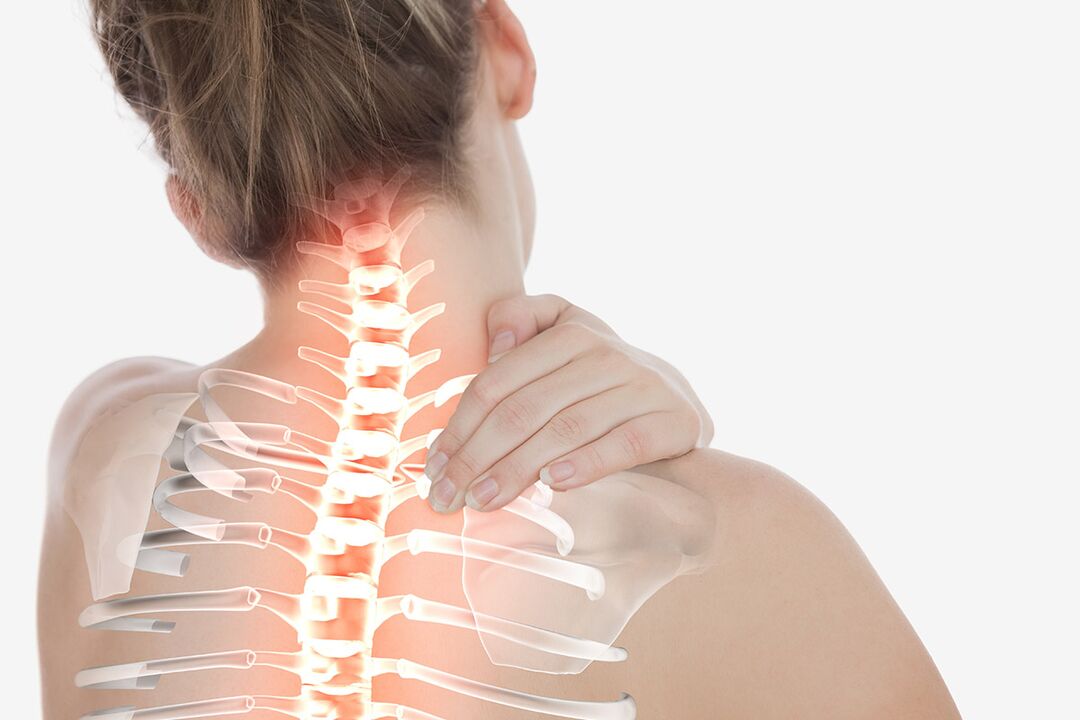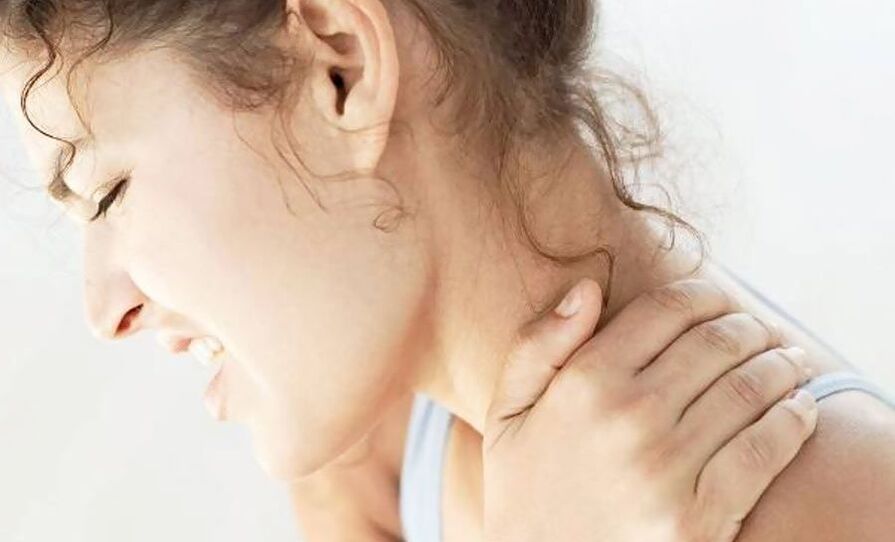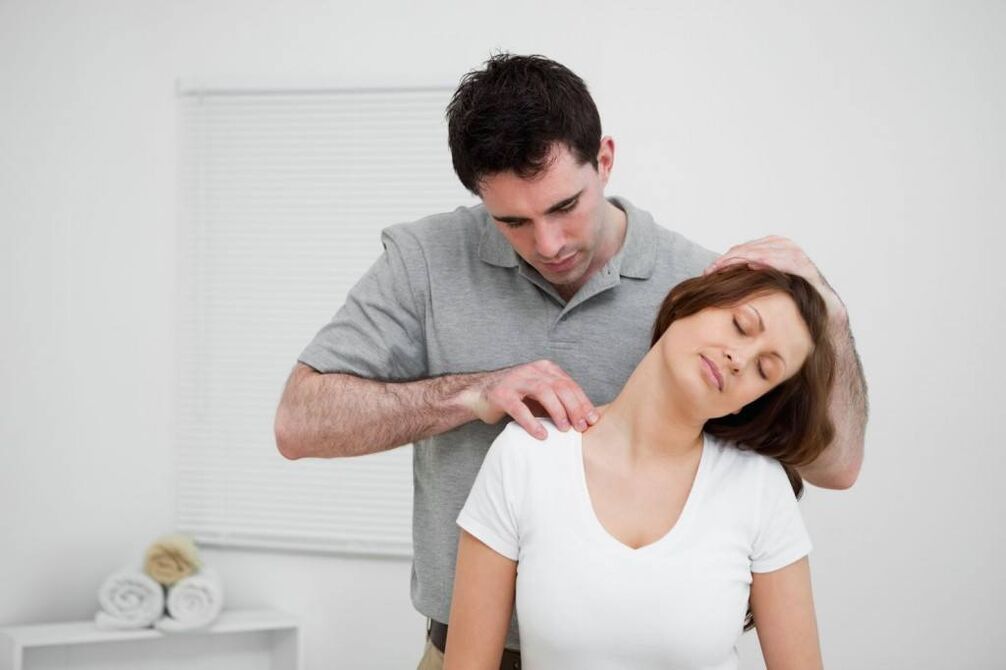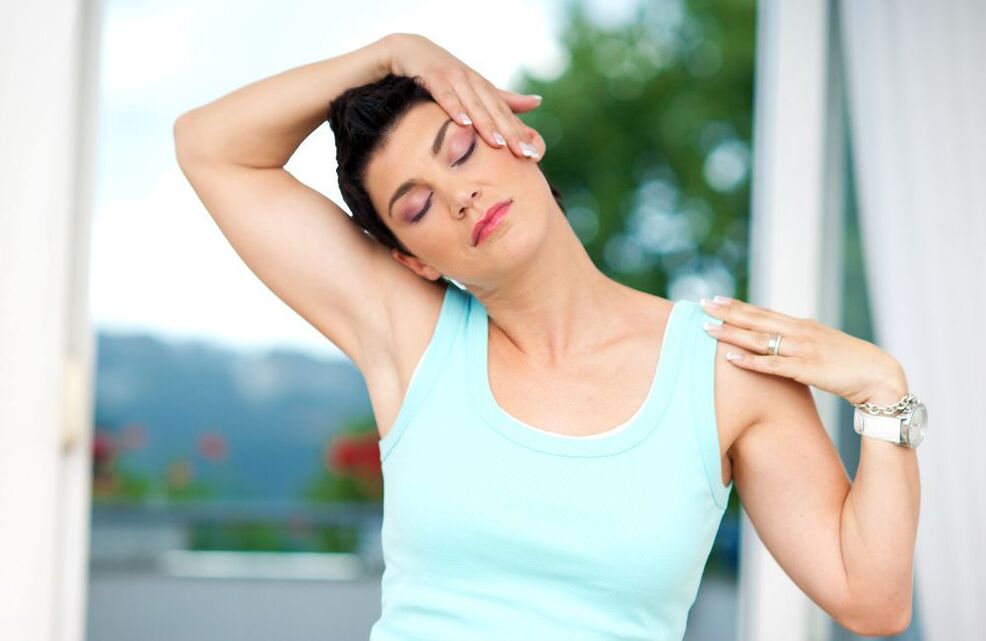Such damage to the spine, or rather, the intervertebral disc, such as osteochondrosis, is becoming more and more common in our time. This is one disease from which no one is immune. The risk increases with age, however, young people can also develop osteochondrosis.

Especially unpleasant is the fact that in the absence of proper treatment, osteochondrosis actively provokes the development of various concomitant diseases. Among them are arterial hypertension, neuralgia, increased intracranial pressure, metabolic disorders, limited mobility of the head and back, and several others. Sometimes the patient's condition reaches critical, there is a serious risk to life.
In representatives of different sexes, the course of osteochondrosis has its own characteristics. Of the five osteochondrosis patients, three were women. The weaker sex at the same time experiences more significant symptoms, and is also more likely to experience the side effects of this disease. This trend is explained by the specifics of women's body work.
Characteristics of the disease
According to statistics, osteochondrosis in women mainly affects the cervical area. This is because the cervical vertebrae are much more fragile than the others. Also in the neck area are very fragile muscles and relatively thin bone structure. Due to this, constant pressure, the load on the spinal column has a faster and stronger effect on this area.
Women often do jobs that are considered risky in terms of neck osteochondrosis: cashiers, seamstresses, computer operators, accountants. At the same time, it is very difficult to see the early stages of the development of this disease, because the patient may not feel serious pain or special discomfort. Meanwhile, by the time symptoms are detected, osteochondrosis can already lead to a significant degenerative process, disrupting the functioning of the nervous system and blood flow, and this is fraught with deterioration in the nutrition of brain tissue.
It is especially dangerous if, in addition, a woman faces one or more of the following manifestations.
- menopause and problems related to cell metabolism in cartilage and bone tissue;
- genetic predisposition to osteochondrosis, other similar diseases;
- hematopoietic problems;
- hormonal disorders;
- metabolic diseases;
- scoliosis, postural curvature;
- overweight.
The reasons
There are several factors that, with prolonged exposure, will definitely lead to disease. Given the characteristics of the organism, relatively specific causes for the development of osteochondrosis in women can be distinguished separately. They are based on three stages of disease progression in ascending order.

- First stage. It is provoked by excessive tension of the neck muscle fibers due to being in an uncomfortable position.
- The second phase. It is caused by the beginning of tissue degeneration in the intervertebral disc, as well as the vertebra itself. There is a feeling of numbness, deterioration of the sensitivity of the limbs, limited mobility of the spine.
- Third stage. Associated with the development of intervertebral hernia. Motor activity is inhibited, the fibrous ring is torn. Pain covers the neck, head, thoracic region, vertebral artery syndrome develops.
Main factor
The main provocateurs of female osteochondrosis include the following:
- strong emotional and physical stress;
- having to stay permanently and for a long time in a position where the neck is pinched or there is a need to tilt the head forward;
- spinal cord injury;
- increased pressure on the spine (for example, during pregnancy, excess weight);
- abnormal changes in skeletal structure;
- scoliosis.
Secondary factors
This is a general group of causes that contribute to the development of the disease, but without the first group of factors they are not able to provoke it.
- hormonal disorders;
- age-related degenerative changes;
- autoimmune, vegetative problems;
- menopause;
- adynamia;
- frequent body hypothermia;
- overweight;
- diabetes.
Disease symptoms
Symptoms of cervical osteochondrosis appear in women in the same way as in men. Below are the main ones.

- The main alarm is pain. Cervical osteochondrosis is characterized by frequent or paroxysmal acute pain in the neck (less often - the back of the head, as well as in the face). The sensation gets stronger if you try to move your head.
- Often there is limited mobility, neck stiffness, thoracic region.
- After the age of 50, many patients experience tinnitus, impaired vision, hearing, and loud snoring.
- Sometimes this disease causes severe dryness when twisting the neck.
- Another common symptom is dizziness, a gradual loss of coordinated movement.
Early signs of the disease should lead the woman to an understanding of the need to take immediate action. A set of diagnostic and therapeutic methods can only be selected by a doctor, so the listed symptoms are a reason to seek immediate medical attention.
This condition is considered very dangerous if the condition of constant lack of air, the feeling of coma in the throat, blocked ears, cloudiness in the eyes are added to these manifestations.
Treatment

Elimination of the disease or its main symptoms must be preceded by a full diagnosis. For this, computed tomography, ultrasound and doppler, and sometimes x-ray machines are involved. A prerequisite is the preventive diagnosis of osteochondrosis in older women, the rest should be done if the disease is suspected.
Effective therapeutic measures are based on an integrated approach, as well as taking into account the individual characteristics of certain clinical cases. Based on the stage of development of osteochondrosis, certain approaches may be effective.
The following points must be taken into account in the treatment of women:
- age;
- the presence of diseases of the cardiovascular system;
- the quality of the endocrine system.
Medicines
Therapy with classical drugs is the standard, simplest, but at the same time very effective approach. However, drug treatment of cervical osteochondrosis is carried out in women only if more benign options have shown their ineffectiveness.
Before turning to medical preparations, a woman is invited to turn to herbal infusions (chamomile, dandelion root, celandine), natural compresses (from wax, burdock or horseradish leaves, garlic cloves, cottage cheese with vinegar, honey). They also use aroma baths, lifestyle and nutrition corrections, stress relief.
They mask the lack of effectiveness of these drugs with classic drugs. These are analgesics, as well as non-steroidal drugs. The intake of both drug groups is always carried out taking into account the phase of the menstrual cycle.
At the end of the cycle, with an increase in pain sensitivity, a decrease in the body's defenses, the analgesic dose increases. For menopausal women, analgesics are consistently recommended at higher doses. At the same time, for pregnant women, as well as at the beginning of the menstrual cycle, analgesics are taken to a minimum.
The specificity of the treatment of female osteochondrosis is the frequent intake of sedatives. Mood changes, irritability, and stress greatly interfere with the progress of any therapeutic or preventive technique, if we are talking about weaker areas.
The most difficult cases include additional intake of chondroprotectors, as well as corticosteroids.
exercise therapy

Correctly selected gymnastic complex is an important component of balanced therapy. Treatment due to cervical osteochondrosis in women is focused, among other things, on the return of mobility to this part of the body, and here it is a complex of exercise therapy that is the main help.
Specific exercises are always chosen by the doctor. In this case, both classic (tilt and turn the head, shoulder rotation) and specific movements can be involved. Often, yoga poses are used to relieve pain. Such treatment is also allowed at home, if the complex is carried out regularly and clearly according to the doctor's prescription.
Along with exercise therapy, cervical massage, manual therapy, and a special diet work well against osteochondrosis. This method of exercise can have an additional effect. Massage session mode for women is selected taking into account the cycle. Also, with special care, massage techniques for women during menopause are determined.
After recovery, it is very important to follow the preventive measures very clearly. This will help to avoid relapse, and it is common with osteochondrosis, especially due to the repeated influence of the causative factor.











